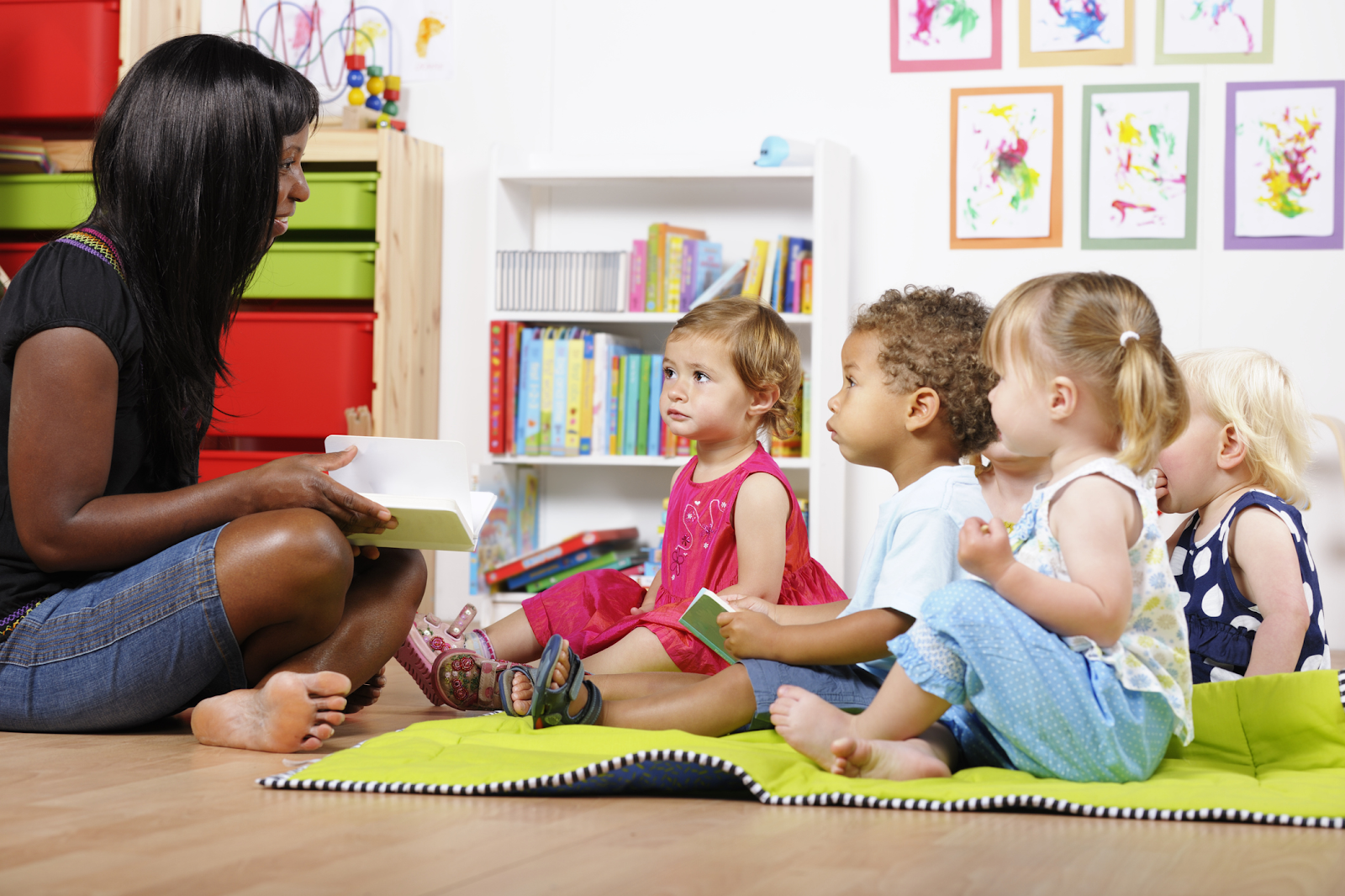Children have a natural love of learning that should be encouraged everywhere they go
A young child’s mind is growing at a rapid pace; constantly making new neural connections and gaining an awareness of the world around them and how it works. A caregiver’s objective is to design activities and provide experiences that foster this thirst for knowledge while establishing the idea that learning is fun and new information is exciting. However, the best way to build upon this momentum and reinforce educational concepts involves collaboration between caregivers and parents. Help parents support the educational efforts and social and emotional development of their young children at home by providing suggestions of easy activities that have an impact.
Supplemental activities by age
Learning at home doesn’t have to feel like a classroom lesson. Children under four generally haven’t started thinking of learning as a tedious chore, which is an accomplishment for whoever has been teaching them, and maintaining that intellectual curiosity should be the goal moving forward.
Educational activities at home don’t have to be overly involved; parents should aim for fun ideas that thoughtfully incorporate something worth learning.
Birth to one year: At this age, everything is a learning opportunity. Intentional interaction is a key component to building new knowledge.
- Talk to and around the baby as much as possible. Narrate what you’re doing or seeing.
- Read simple books and point out pictures.
- Play peek-a-boo and silly games with stuffed animals.
- Stack up a small tower of blocks or cups and let baby knock them down.
- Help build vocabulary by pointing out animals, colors, and items out in nature.
One to two years old: Toddlers are little scientists who learn by doing. Their independence grows through self-directed play, and they enjoy hands-on experiences.
- Encourage sensory exploration with a large bin of rice or sand and funnels, cups, shovels, and tubes.
- Get messy with finger painting. Mixing colors and creating designs helps with color recognition and coordination.
- Work on learning shapes with clay and cookie cutters or placing colored pom-poms on traced outlines.
- Support imaginative play such as dress-up or pretend cooking or grocery shopping.
Two to three years old: Toddlers can use sentences, express wants, ask questions, and actively engage in interactive, exploratory experiences.
- Create a scavenger hunt to seek out items using their picture for reference.
- Read every night and ask for their input, opinion, or reaction on books.
- Work on simple puzzles or stringing beads to develop fine motor skills.
- Allow color mixing with bath paints to experiment with hues.
- Play with music – sing songs, take music class, or make simple instruments.
With young children, everything presents the opportunity to double as a learning experience. Reading, writing, drawing, counting, singing, pretending – they think all of these things are fun, and you’re helping them make connections that will reinforce how the world around them works by encouraging such activities. Demonstrate curiosity by reacting to everyday occurrences with excitement and interest, and challenge little ones to do the same. Learning is a full-time job, and each adult in a child’s life should be an active participant in encouraging that endeavor.
The VA Infant & Toddler Network helps improve the quality of care for infants and toddlers through extensive resources, services, and education for caregivers. Learn more about how we can help you improve the standard of care.




